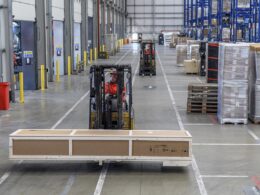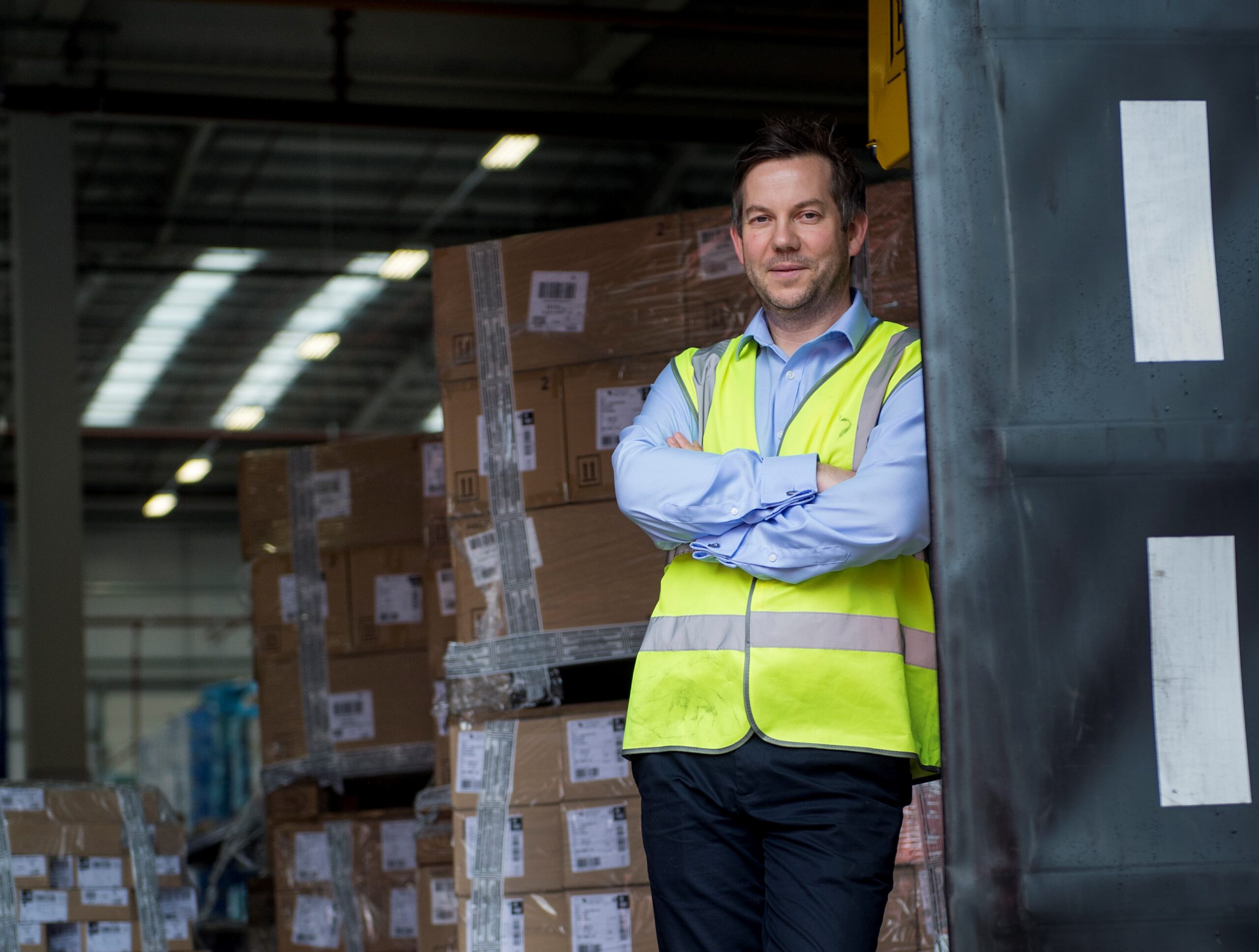With manufacturers throughout the world confronted by increasing prices for fuel, natural resources and raw materials, the need for process optimization and efficiency has come into sharp focus. Production has become spread ever more widely around the globe. This trend will only intensify in the UK post-Brexit, with one in three manufacturing firms planning to shift some operations out of the UK.
This trend is driving increased complexity in supply chains, as identified in a recent study by APICS and Michigan State University. Today, a product moves from manufacturer to supplier to distribution centre, and on to the retailer, before eventually reaching the end customer, often crossing multiple borders in the process. This complexity demands an agile and transparent supply network which provides clear visibility of a product’s whereabouts and other crucial information.
For manufacturers to optimise processes and retain a competitive edge, real time localisation tools are critical assets, enabling them to track goods through the transport system on land, sea and air, as well as when stored in warehouses. By tracking goods in real time, manufacturers are able to know exactly where their item is located and address any potential issues immediately, creating a better service for customers and increasing satisfaction and retention.
In addition, by implementing real time location tracking of goods, pallets and containers, manufacturers can dramatically reduce the losses caused by theft or operational errors. Some localisation and tracking devices also support the creation of “geofences,” which send alerts via a dedicated application, notifying the recipient as soon as a product exits a pre-defined area. If the item breaks through the geofence, the application can then request regular GPS-based location updates to enable it to be precisely traced in real time and recovered, helping to protect valuable goods and revenue. This is also important from a practical perspective. Geo-fencing is a low-power activity which can be maintained for a long period of time with minimal battery drain. Activating the higher-power consumption GPS system only when needed reduces the frequency at which batteries must be charged/replaced.
As well as improving the customer experience and reducing losses, geolocation and tracking can help to optimise processes, handling and logistics operations, increasing efficiency and productivity. For example, it makes it much quicker for baggage handlers to track lost luggage in airports, or for shipping companies to find a specific container amongst thousands in a huge port. Being able to rapidly locate a specific product makes it possible to not only avoid loss of time and fuel, but also decreases the risk of error and mishandling stemming from the dispatch of an incorrect product, again improving the customer experience.
On demand, real time geolocation, movement alerts and geofencing can be achieved by utilising insights from internet of things-enabled tracking devices. Increasingly, though, IoT Low Power Wide Area Networks (LPWAN) will be able to geolocate any connected device or sensor, not just dedicated trackers. This network-based geolocation in the cloud demands minimal device power, so the lifetime of a device in the field is greatly extended— up to ten years without maintenance.
For many applications, the ability to locate an asset with minimal power usage is more critical than high precision accuracy – for theft prevention, for example, it is important to be sure that an asset is within a specific depot or site area, but not exactly where it is. For other live tracking applications, the exact location precision offered by GPS is necessary. Fortunately, the latest geolocation solutions combine the capabilities of different technologies into a single location service, able to adapt instantly to changing application or service requitrements.
With such clear advantages, geolocation and tracking are likely to be a game changer for multiple industries, particularly logistics and supply chain management. It is therefore vital that the logistics industry keeps pace with these technology advances, which will enable them to manage the increasing complexity of supply chains and still achieve greater profitability.
Mike Mulica, CEO, Actility













